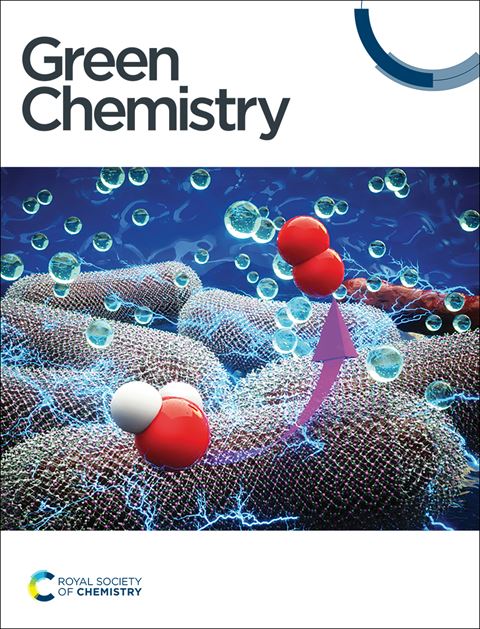General and chemoselective reduction of phosphine oxides by an enhanced oxophilic competition mechanism†
IF 9.3
1区 化学
Q1 CHEMISTRY, MULTIDISCIPLINARY
引用次数: 0
Abstract
Chemoselective reduction of phosphine oxides holds great significance for the preparation of phosphorus ligands and catalysts, as well as for the sustainable development of phosphorus chemistry. Previous approaches in this regard primarily involved the use of metal or custom-built catalysts, highly reactive and expensive reagents, or harsh conditions with deficient chemoselectivity. Here, we report an organocatalysis strategy for facile and efficient PO reduction, utilizing only commercially available catalysts and inexpensive, mild silanes under mild reaction conditions. This approach demonstrates excellent chemoselectivity for preserving various easily reduced groups. Computational studies elucidate that the enhanced oxophilicity of catalytically generated electron-deficient silane species is crucial. Furthermore, scale-up investigations highlight potential applications in industrial recycling of phosphine oxides and straightforward preparation of novel phosphorus ligands.

求助全文
约1分钟内获得全文
求助全文
来源期刊

Green Chemistry
化学-化学综合
CiteScore
16.10
自引率
7.10%
发文量
677
审稿时长
1.4 months
期刊介绍:
Green Chemistry is a journal that provides a unique forum for the publication of innovative research on the development of alternative green and sustainable technologies. The scope of Green Chemistry is based on the definition proposed by Anastas and Warner (Green Chemistry: Theory and Practice, P T Anastas and J C Warner, Oxford University Press, Oxford, 1998), which defines green chemistry as the utilisation of a set of principles that reduces or eliminates the use or generation of hazardous substances in the design, manufacture and application of chemical products. Green Chemistry aims to reduce the environmental impact of the chemical enterprise by developing a technology base that is inherently non-toxic to living things and the environment. The journal welcomes submissions on all aspects of research relating to this endeavor and publishes original and significant cutting-edge research that is likely to be of wide general appeal. For a work to be published, it must present a significant advance in green chemistry, including a comparison with existing methods and a demonstration of advantages over those methods.
 求助内容:
求助内容: 应助结果提醒方式:
应助结果提醒方式:


